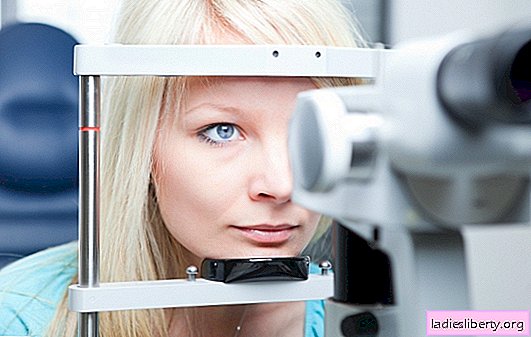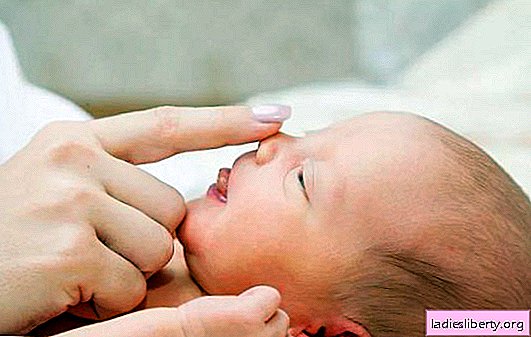
Amblyopia (lazy eye syndrome) is a disease that is characterized by visual impairment. One of the two eyes partially or completely ceases to be involved in the process of vision. As a result, the eyes transmit various pictures to the brain that cannot be combined into one volume. Pathology occurs in both adults and children aged about 6-7 years.
Features of the manifestation of amblyopia
Binocular vision is based on the following principle: the light beam through the pupil enters the eye and is refracted in the lens, then the image is focused on the retina, which is transmitted to the brain. There are always two pictures - one for each eye. Superimposed one on top of the other, these pictures are combined, so a person sees objects volumetric.
As a result of the development of amblyopia, the brain perceives only one image, since the second is fuzzy. Therefore, the images obtained from each eye cannot be combined into a single whole, so the second eye gradually ceases to fulfill its function.
Due to a violation of binocular vision, the brain cannot perceive surrounding objects with their real parameters. The patient's visual acuity decreases, he can not clearly see the location, volume or length of the object. If untreated, amblyopia can lead to blindness.
Causes of the disease
The following ophthalmic diseases contribute to the development of the syndrome:
1. Strabismus - the name speaks for itself, and this is the most common reason for the development of amblyopia.
2. The clouding of the lens.
3. Nystagmus is a neurological disease in which involuntary movements of the eyeball occur.
4. Inability to distinguish objects - astigmatism.
Depending on the causes of development, amblyopia is divided into the following types:
• dysbinocular develops due to strabismus;
• with a large difference in vision between the two eyes, anisometropic amblyopia develops;
• Obscuration amblyopia develops as a result of clouding of the lens.
• Psychogenic amblyopia is the rarest form of the disease, but it also occurs with severe emotional upheaval.
Treatment methods for lazy eye syndrome
The syndrome manifests itself in the event that the child cannot focus on the subject - with strabismus, blurred vision, red eyes, rapid fatigue. With a severe stage of the syndrome, the head begins to hurt, orientation is lost, objects in the eyes blur.
Amblyopia treatment is a long process requiring careful adherence to the procedures prescribed by your doctor. First of all, they eliminate the cause that led to the development of the disease. This may require surgical intervention, stimulation or correction of the affected eye with a laser. Sometimes they use the option with occlusion, putting on a bandage on a healthy eye for several hours, so that the "lazy eye" begins to function.
After eliminating the causes by ophthalmic intervention, binocular vision begins to be restored using a synoptophore. Also, experts prescribe therapeutic exercises to improve vision. The easiest recovery occurs in young children. In adults, the likelihood of recovery of vision is less, and in severe cases of amblyopia, there is an opportunity only to reduce the rate of its development.
The sooner the “lazy eye" syndrome is diagnosed, the easier it is to cure it, therefore, scheduled medical examinations should be performed at least 1 time per year, and at the first symptoms of the disease, immediately consult a specialist.











